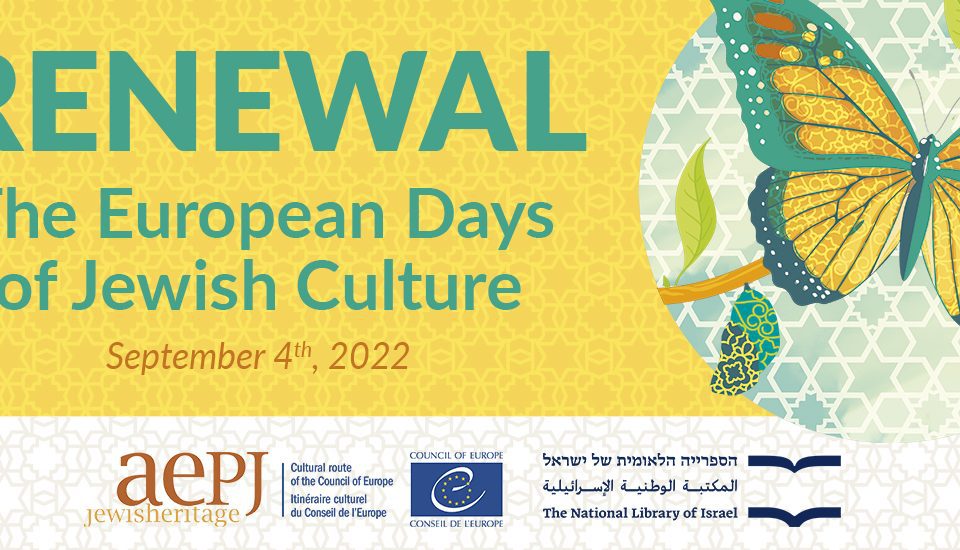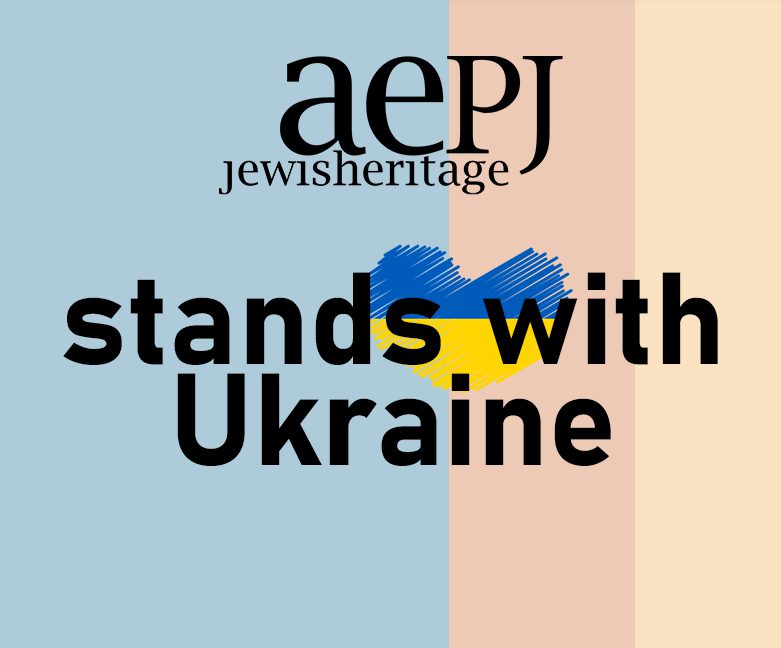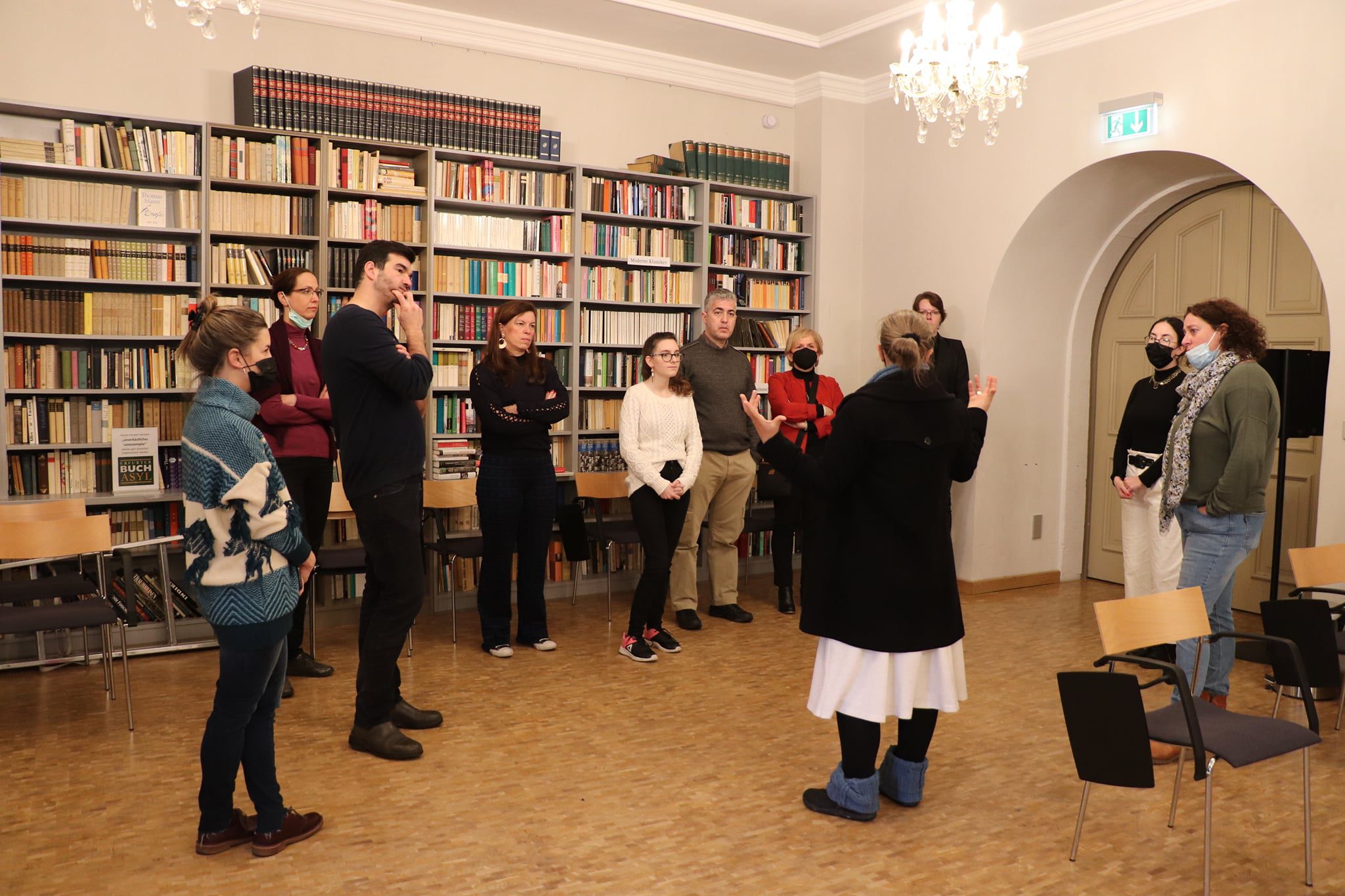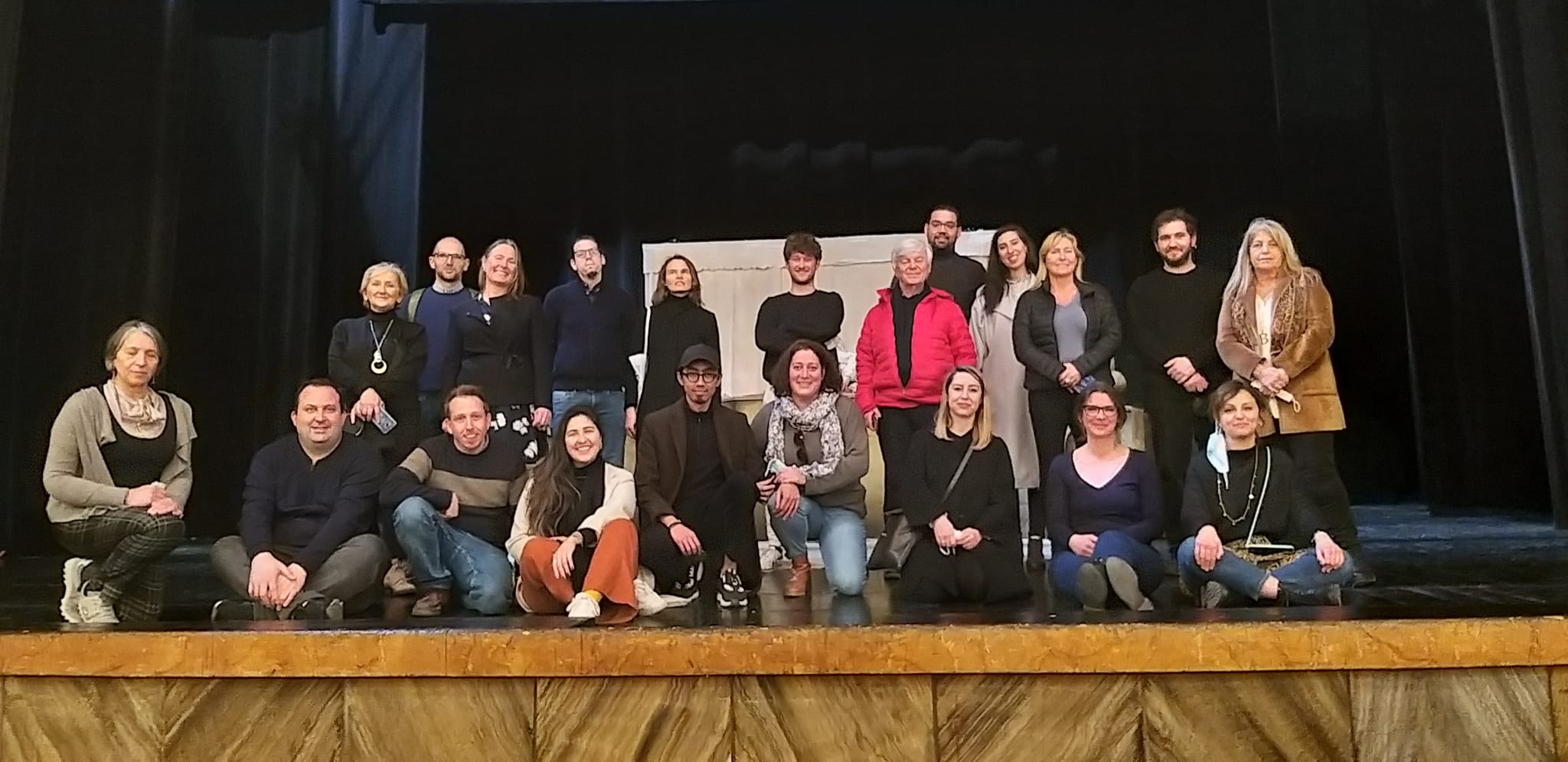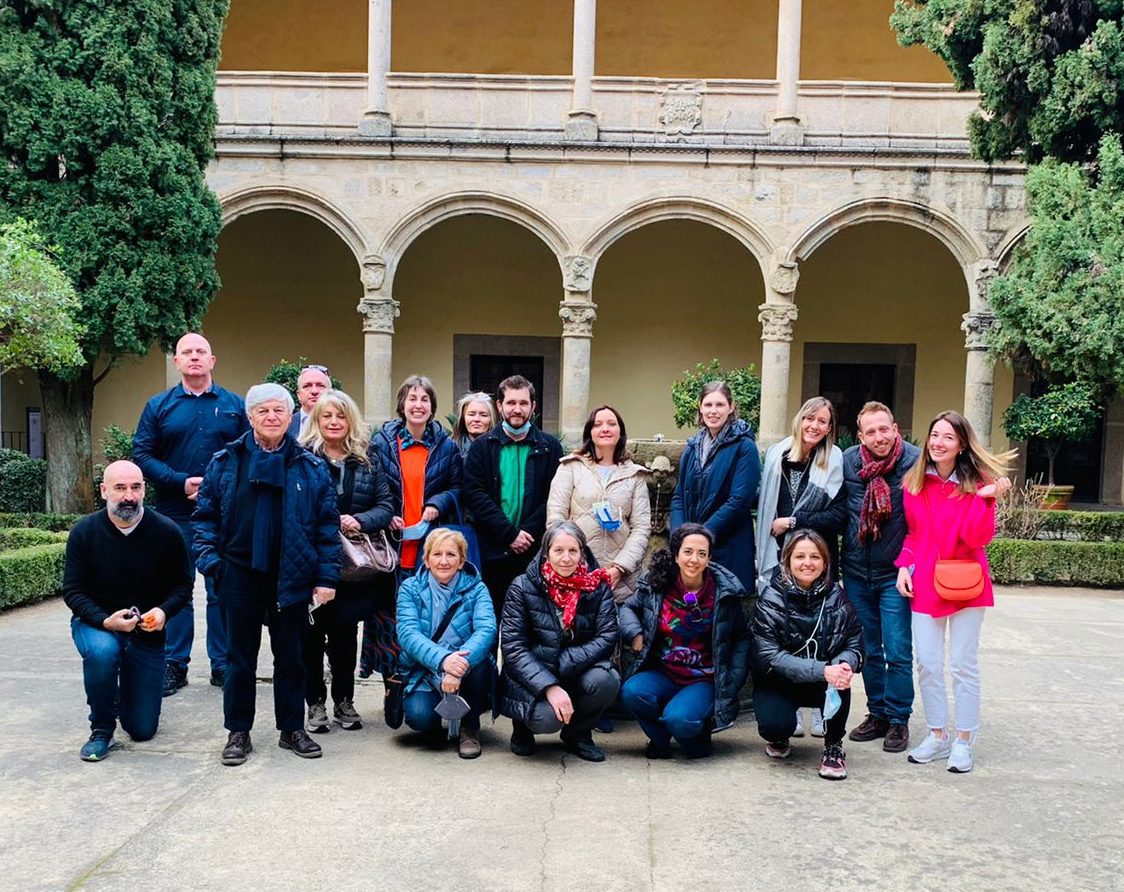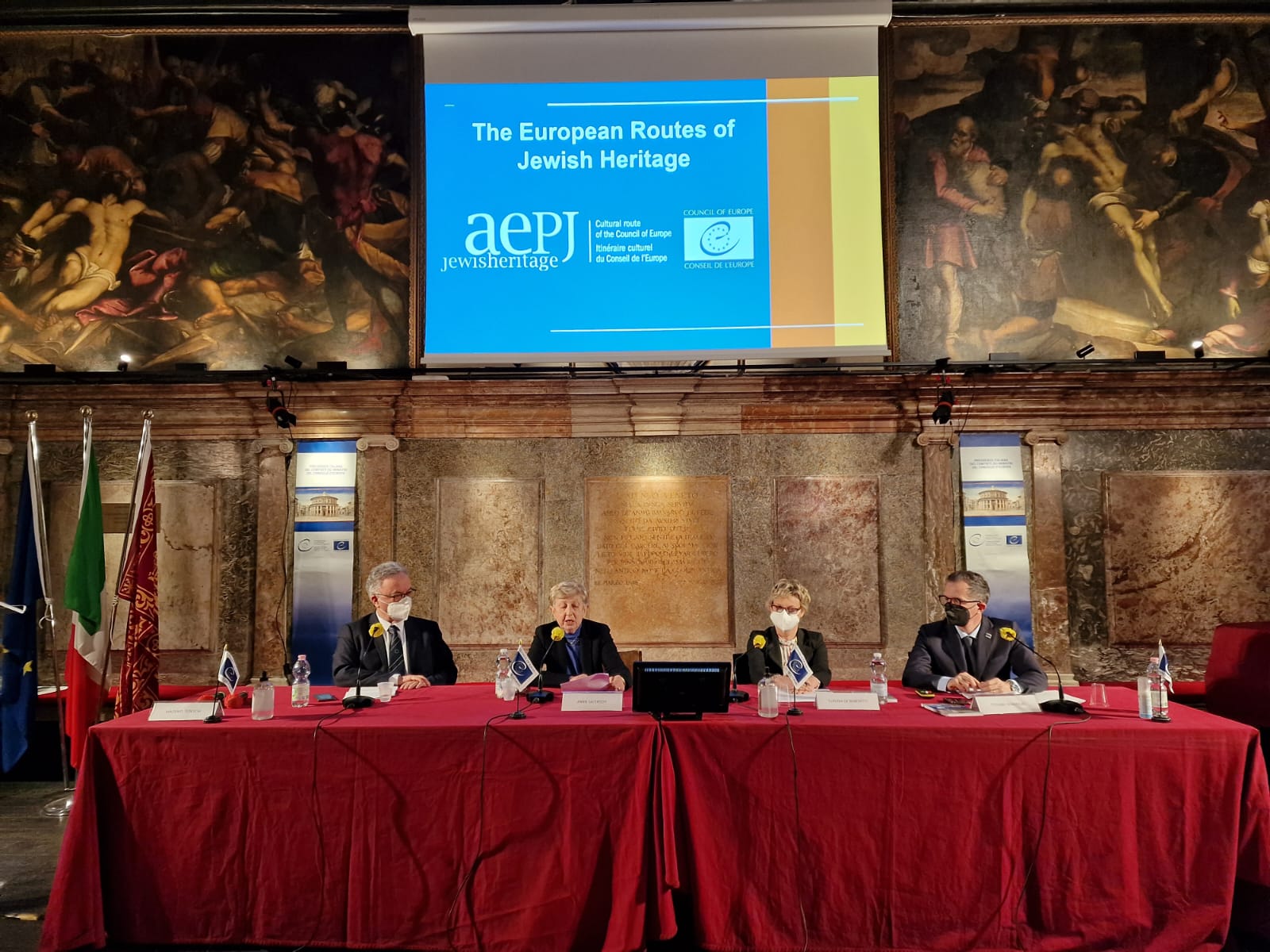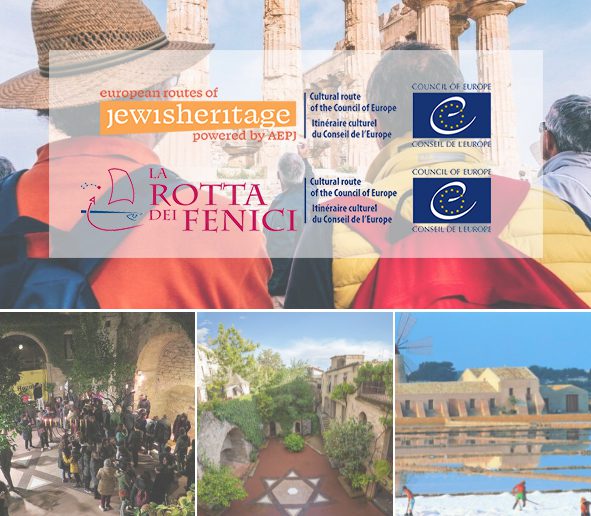- Filter by
- Categories
- Tags
- Authors
- Show all
- All
- AEPJ News
- Andalusia
- Austria
- Azerbaijan
- Balti
- Belarus
- Bendery
- Braunschweig
- Celle
- Chisinau
- EDJC old editions
- EDJC22
- EDJC23
- EDJC24
- EDJC25
- France
- Georgia
- Germany
- Girona
- Hannover
- Hildesheim
- Italy
- Izmir
- Lithuania
- Medieval Route
- Moldova
- National Route
- Orhei
- Padua
- Palaces, Villas and Country Houses
- Poland
- Regional Route
- Rhineland
- Rybnitsa
- Soroca
- Spain
- Thematic Route
- Tiraspol
- Turkey
- Ukraina
- Uncategorized

When the Ukraine crisis began, Jewish organizations and communities across Europe immediately sprung into action to respond to the humanitarian crisis. The AEPJ is a network of European institutions that serves as a platform to develop cultural initiatives and educational programs to European Jewish sites. Among them were organizations working in fields such as heritage preservation and tourism. But it was all made possible due to their existing cultural networks, built over years of dedication.
Below you can read some statements from AEPJ members regarding this responsibility of cultural institutions to become humanitarian institutions.
As a Jewish cultural organization in Europe but not bordering Ukraine, how do you see your role, both now and in the next months, with the humanitarian crisis?
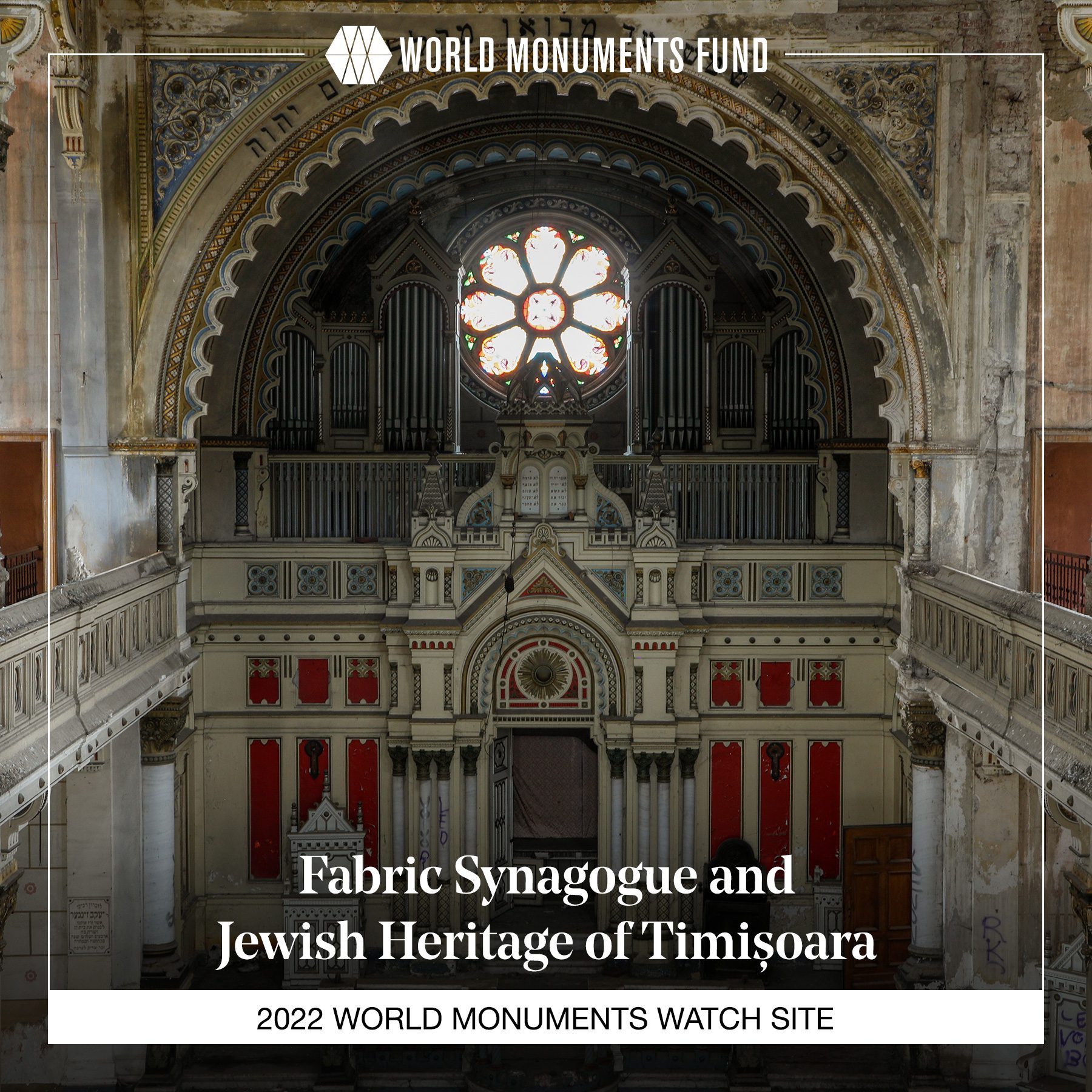
World Monuments Fund (WMF) is the leading independent organization devoted to safeguarding the world’s most treasured places to enrich people’s lives and build mutual understanding across cultures and communities. Through the World Monuments Watch, WMF collaborates with local partners to design and implement targeted conservation programs—including advocacy, planning, education, and physical interventions in the historic built environment—to improve human well-being through cultural heritage preservation.
One of the 25 projects selected for the 2022 World Monuments Watch is the Fabric Synagogue and Jewish Heritage of Timișoara in Romania which, led by route manager Ronald Wagmann, is part of the Jewish Heritage Route in Transylvania as part of the European Routes of Jewish Heritage certified by the Cultural Routes of the Council of Europe.
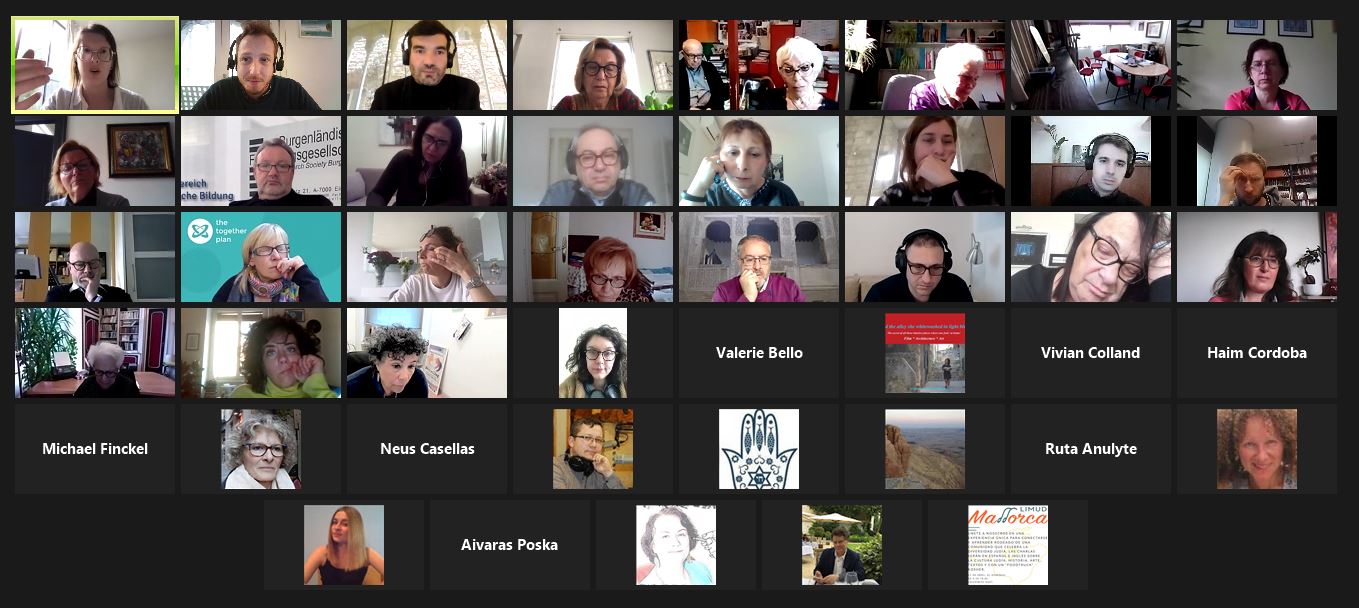
Last Thursday 31st March we had the great pleasure to hold our annual Coordinators’ Meeting where, among other things, the official image of the European Days of Jewish Culture 2022 Festival under the theme Renewal was unveiled. The event was attended by more than 70 coordinators from all over Europe who will organise conferences, concerts, performances, guided tours and other activities, which take place simultaneously throughout the continent. Next to these lines you can see the poster illustrating this year’s festival, created by the Red de Juderías de España – Caminos de Sefarad and designed by Antonio Serrano (Por Fin Lunes).
We also had the always helpful presence of the staff of the National Library of Israel, Caron Sethill and Olga Lempert, who presented the procedure for requesting resources and content from the NLI, which will offer them tailor-made for each activity and programme of the festival.
Note: This article will be updated periodically as more news becomes available.
[Updated: 04/04/2022]
From the moment we became aware of the war situation in Ukraine, AEPJ members have been in contact to provide assistance in a coordinated manner to both members of the association on Ukrainian territory and those in neighbouring countries who are providing humanitarian services to refugees. We list below the actions that are being carried out as well as the indications to support these actions.
We want to thank and honour the work and support that all AEPJ members are doing in these difficult times and we invite and encourage you to collaborate with them through the following channels.
Heritage Springs – Vilkhivtsi Community (Ukraine)
The Board of Trustees of Heritage Springs has temporarily suspended work on the Jewish Museum to concentrate efforts on assisting Ukrainian refugees arriving in cities within the Maramorosh area of Western Ukraine.
This week we had the pleasure to visit the German city of Erfurt, home of Via Regia, who hosted a new FabRoutes project partners meeting. Together with five other certified Cultural Routes of the Council of Europe, ARGO and the Centre for Advanced Studies in Tourism of the University of Bologna we have worked intensively for two days on the planning of the next actions of the project, as well as on the communication strategy and the review of the contents that we have developed in cooperation so far.
In addition, we had the opportunity to visit the city and Via Regia, who are developing very original initiatives in relation to cultural heritage. In the framework of the visit, we also had the opportunity to see the impressive 11th century medieval synagogue and the mikveh of Erfurt.
Last week, the 4th Training for Trainers of the Creative Europe project, WalkEUR, was held in Faenza, Italy. In this city of Emilia-Romagna, it is located the headquarters of the European Route of Ceramics , who organized this week of training focused on the role of Marketing and Storytelling, as an essential part of the development of the Cultural Routes of the Council of Europe.
In this training program in Faenza, we participated together with two other cultural routes certified by the Council of Europe, the Atrium Route (Architecture of the Totalitarian Regimes), and the Cultural Route of Charles V. On behalf of the European Routes of Jewish Heritage, we counted on Tiziana Rubin and Michela Zanon as representative of CoopCulture; on Nesim Benjoya, route manager of the Izmir Route of Jewish Heritage coordinated by Izmir Jewish Heritage; on Yana Krichfalushii, route manager of the Ukrainian Route of Jewish Heritage coordinated by Heritage Springs; and on Michael Schreiber, route manager of the Jewish Heritage Route in Burgenland coordinated by the Research Society Burgenland; in addition to Víctor Sorenssen, AEPJ Director and Federico Szarfer as project manager.
Last week, the 3rd Training for Trainers of the Creative Europe project, WalkEUR, was held in Jarandilla de la Vera, Spain. In this city of Extremadura, it is located the headquarters of the Cultural Route of Charles V, who organized this week of training focused on the role of Citizen Involvement, as an essential part of the development of the Cultural Routes of the Council of Europe.
In this training program in Jarandilla de la Vera, we participated together with two other cultural routes certified by the Council of Europe, the Atrium Route (Architecture of the Totalitarian Regimes), and the European Route of Ceramics. On behalf of the European Routes of Jewish Heritage, in addition to Federico Szarfer as project manager, we counted on Nesi Kupreishvili as representative of the Jewish Heritage Cultural Routes in Georgia, promoted by the Israeli House and on Michelle Nahum Sembira, coordinator of the Mi Dor Le Dor Italia project.
During the Italian Presidency of the Committee of Ministers of the Council of Europe (November 2021 – May 2022), an international conference on “Cultural Routes of Council of Europe crossing Italy: a European heritage” was held in Venice on 18 February in the Aula Magna of the Ateneo Veneto. Annie Sacerdoti, representing the AEPJ, explained the importance of the European Routes of Jewish Heritage project, highlighting the particular richness of the Italian one, with significant cultural peculiarity, scattered throughout the peninsula. She also underlined the involvement of the AEPJ in Italy with the Mi Dor Le Dor project and the importance of the Incubator in the creation of new itineraries. Claudia De Benedetti, director of the Jewish Museum of Casale Monferrato, concluded her speech concerning AEPJ with an overview of the Jewish museums in Italy.
The Phoenicians’ Route and the European Routes of Jewish Heritage, two historical Cultural Routes of the Council of Europe, signed a Collaboration Agreement aiming at safeguarding and promoting the tangible and intangible cultural heritage of Euro-Mediterranean history, in order to launch joint activities and strategies for cultural and tourism enhancement favoring their respective territories.
On the 8th of February 2022 the two Cultural Routes certified by the Council of Europe The Phoenicians’ Route and the European Routes of Jewish Heritage signed a relevant collaboration agreement, with the aim of promoting and disseminating the tangible and intangible cultural heritage connected to products, places, traditions, civilizations at the basis of European values.
The agreement aims at promoting opportunities exchanges between these two Cultural Routes that share the same methodologies, stimulating a new co-planning and collaboration in terms of analysis, creation of tourist products, as well as actions to enhance the territories, promotion of sustainable, creative and experiential tourism, both linked to local communities.


